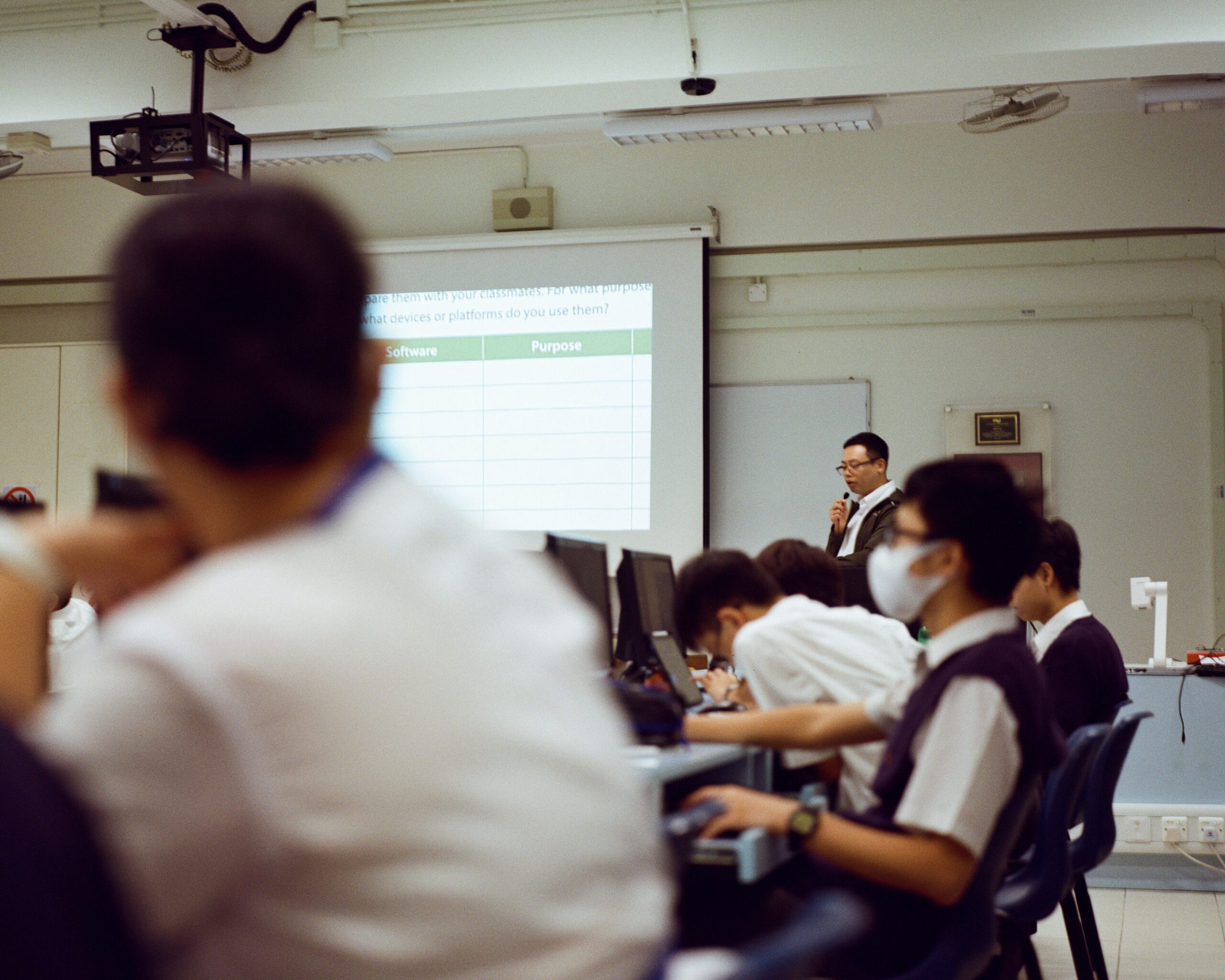In France, the omnipresence of screens has made them the target of the highest levels of government. At a press conference on Tuesday January 6, Emmanuel Macron devoted much of his speech to the subject. He stressed the importance of regulating children's screen time. He first consulted a commission of experts. The latter was then mandated by him to provide recommendations by next March.
Emmanuel Macron defends his position
A topic discussed at length at the press conference
The French President spoke of the importance of regulating screen time for the future of societies and democracies. In doing so, he drew on the recommendations of experts.
In France, the situation is quite alarming
During his speech, Mr. Macron expressed his concern about the impact of screens on children. He stressed the need for action.
Experts to the rescue
A commission made up of a dozen experts, including doctors - psychiatrists, neurologists, epidemiologists - and law professors. It has been set up to develop a consensus on the use of screens over a period of time. A public debate will then be launched.
What mission for these experts?
In the case of France, the experts' remit includes assessing the effectiveness of existing regulatory measures and proposing appropriate digital tools. They will also be responsible for setting a minimum age for access to screens, as well as a maximum viewing time.
The mechanisms exist, but what about their application?
In France, various parental control devices are available on the market. Nevertheless, their application remains a challenge. According to a study by S. Khan et al (2022) REF [^1^], there is a correlation between increased screen time and negative effects on children's physical health.
Platforms have seized on this legal responsibility for applications
Digital platforms play a key role in regulating screen time. They offer applications like Google's "Family Link". These allow parents to limit screen time and access to certain content.
Legal responsibility to be shifted onto applications or parents
Responsibility is shared between apps and parents. The study by Sathyanarayana Kondati et al (2022) REF [^2^] suggests that parents need to strike a balance in their use of technology to reduce its harmful effects.
Screen time
Screen time has a significant impact on children's mental and physical health. The study by A. Munsamy et al (2022) REF [^3^] highlights the effects of a sedentary lifestyle and screen-related behavior.
Children's exposure to screens
Exposure to screens varies according to children's age. This calls for appropriate recommendations. The commission of experts convened by Macron will work on concrete proposals for the appropriate use of screens.
Screens and youth
Today's young people are confronted with overexposure to screens. Macron stressed the need for a scientific consensus to inform the forthcoming public consultation on the subject.
The proper use of screens by children
This proper use of screens by children requires digital education, to avoid any form of abuse. This responsibility falls primarily on parents and educators.
Limiting screen time
The expert commission could consider restrictions or bans on screen time, depending on the age of the children.
Young people and screens
Young people are particularly vulnerable to the effects of screens. The commission will focus on the impact of digital media on their mental and physical health.
Scientists begin to advocate the proper use of screens
Scientists stress the importance of a balanced use of screens. Children's developmental needs must be taken into account.
Encourage young people to turn off phones in classrooms
Young people are encouraged to reduce their screen time, especially in the classroom, to promote their well-being and development.
Current regulations and tools available to parents
In France, President Macron under his quinquennium has already put in place various solutions, in order to implement better control of children's screen time, namely:
- the ban on cell phones at school,
- empowering content distributors,
- parental control over telephones.
European regulation on screen time for minors
European regulations could play a role in defining screen time limits for minors in France.
Parental control and classrooms
Parental control and classroom policies are essential to limit children's exposure to screens.
Platforms and the regulation of screen time
Digital platforms are encouraged to play an active role in regulating screen time.
Applications and their impact on screen time
Applications can have a significant impact on screen time. They also require appropriate regulation.
Best practices in terms of restrictions to better educate children and teenagers
Educating children to use screens responsibly
It's crucial to educate children and teenagers about good practices and responsible use of screens. This education is necessary for the healthy development of children.
Good use of screens for our children
Expert advice will help define the best use of digital media for children.
Screen time recommended by the experts
Experts will provide recommendations on recommended screen time for different age groups. These professionals should determine the number of minutes per day a child can be exposed to screens.
Tips for limiting screen time
Practical advice will be offered to help parents limit their children's screen time.
In conclusion,
Regulating children's screen time is a major challenge for their well-being and development. Emmanuel Macron's initiatives and the recommendations of experts will play a key role in this process.
Disclaimer
This article is based on scientific research and public statements. It is intended to provide information and does not constitute medical advice.
References
REF [^1^]. Khan, S., Dkhar, S., Quansar, R., & Haq, I. (2022). Increase in screen-time for children during COVID times and its effects. Link
REF [^2^]. Kondati, S., L., N., Thiruneelan, L.S., Solomon, H., Swaminathan, J., & Rani A., A. (2022). Awareness Among Parents Working in the Healthcare Sector on Screen Addiction and Its Impact on Children and Adolescents. Link
REF [^3^]. Munsamy, A., Chetty, V., & Ramlall, S. (2022). Screen-based behavior in children is more than meets the eye. Link









